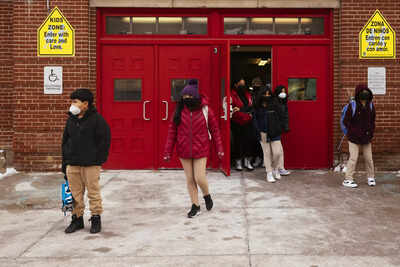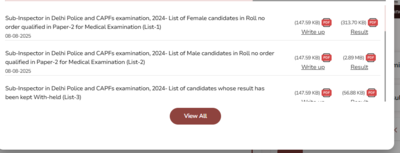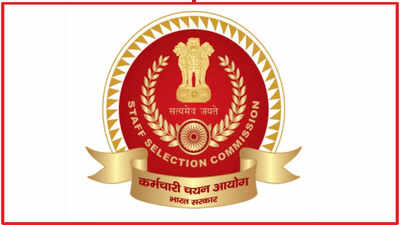Chicago Public Schools (CPS) will receive an additional $76 million in state funding this fiscal year, bringing the total to $1.9 billion, according to recently released state data reported by Chalkbeat. This increase reflects a notable decline in local tax revenues and a growing number of English learner students, both of which have pushed CPS back into the state’s highest priority funding category.Despite the funding increase, CPS continues to face a significant budget shortfall, estimated at $734 million. The district’s financial challenges are compounded by inflation, rising operational costs, and a growing student population requiring specialized support and services.
Shift in state funding priorities
Illinois uses an evidence-based funding formula to allocate school funding based on need and the ability of local districts to raise revenue. The formula assigns districts to tiers that determine funding priority, with Tier 1 districts receiving the largest state support. CPS had been classified as a Tier 2 district since 2022, following a temporary increase in local tax revenue and a dip in low-income student numbers. This year, however, the district’s return to Tier 1 status has resulted in the increased funding allocation.In April, CPS projected it would receive only a $25 million increase through the formula, based on prior funding trends. The unexpected additional $50 million highlights the evolving financial landscape and increased state recognition of CPS’s funding needs.Even with the boost, the funding does not fully cover CPS’s rising expenses. The district is facing a widening budget gap and has announced measures such as eliminating 480 custodial jobs and ending private custodial contracts to reduce costs.
Statewide funding changes reflect enrollment and revenue trends
Other large districts in Illinois are experiencing shifts in funding due to changes in enrollment and local revenue capacity:
- Elgin U-46, serving nearly 34,000 students, has moved from Tier 1 to Tier 2 due to declines in student enrollment and the number of students from low-income families. This has led to a funding increase of $4.8 million—substantially less than the prior year’s allocation.
- Rockford School District 205, serving approximately 26,400 students, will receive nearly $20 million more in state funding compared to last year. This increase is driven by rising student enrollment, more English learners, and a decline in local property tax revenue.
State education budget and funding formula overview
The Illinois General Assembly approved a fiscal year 2026 budget that increases K-12 education funding by $307 million. This is less than the usual annual increase of $350 million and includes allocations for early childhood education, transportation, technical education, and other grants. The overall education budget now stands at $11.1 billion, with the evidence-based funding formula accounting for $8.9 billion.Since its creation in 2017, the funding formula has sought to ensure all districts receive adequate funding by 2027. It calculates funding needs using data on enrollment, poverty levels, English learners, and local tax capacity. Between fiscal years 2018 and 2026, the number of districts reaching at least 90% adequacy rose from 194 to 313, signaling progress but also ongoing gaps.
Advocates call for greater investment
While the funding formula has helped direct resources more equitably, many education advocates argue that the current annual increases are insufficient to keep pace with inflation and rising costs. Analysts warn that if funding continues to rise at the current rate—around $300 million annually—full adequacy will not be achieved until 2034, well past the original 2027 target.With federal COVID relief funds exhausted and uncertainties around future federal funding, districts are bracing for tighter budgets. The state’s Property Tax Relief Grant, which offered additional assistance to some districts, is currently paused pending reevaluation.
Looking ahead
Illinois education officials continue to advocate for consistent, substantial increases to the funding formula to support districts like CPS in meeting their financial and student needs. The recent boost for Chicago reflects growing recognition of the challenges urban districts face, but significant gaps remain in ensuring adequate resources for all students.






